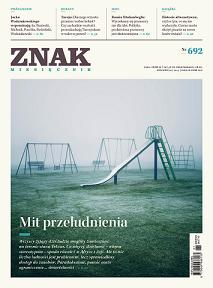


The myth of Orpheus occurs frequently in the works of the most prolific Ragusan Renaissance poet Mavro Vetranović (1482–1576). His mythological drama Orpheus has drawn considerable attention of Croatian literary scholarship. What makes his dramatisation of the popular Orpheus and Eurydice’s story uncommon are his interventions in the Orphic myth – in his version, it is Eurydice who turns back instead of Orpheus. Hence, Vetranović’s Orpheus doesn’t have an active role, and he doesn’t even enter the underground world, as opposed to the common version of this myth. This paper focuses on the possible reasons of Eurydice turning back and discusses her central role in the dramatic agon, as well as the tradition of allegorical transformations of the Orphic myth. Vetranović’s drama is compared to similar Italian Renaissance literary texts and placed in the wider context of the medieval and Renaissance interpretations of the Orpheus and Eurydice’s story.
More...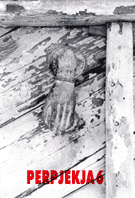
Keywords: Josef Brodsky ; poet of two worlds ; poetry
Në qoftë se lipset gdhendur ndonjë mbishkrim mbi varrin e poetit, që u shua më 28 janar të këtij viti, në moshën 55 vjeçare, në Nju Jork, janë fjalët e tij gjatë ceremonisë së kurorëzimit me çmimin Nobel, në Stokholm, në vitin 1987: «Ka një krim edhe më të rëndë se t’i djegësh librat, të mos i lexosh ata». Një kritik perëndimor ka thënë për Brodskin: «Në qoftë se do që ta kuptosh Brodskin, më parë duhet të njohësh jetën e tij». Atëherë, çka qenë jeta e Josif Brodskit? Ajo e një ebreu rus, i cili u lind më 24 maj të vitit 1940. Në esenë e mrekullueshme «Një dhomë e një kuzhinë», me një ton ku nostalgjia ndjehet në çdo frazë, Brodskij do t'i kujtojë kështu prindërit, Maria Volpert e Aleksandër Brodskij, si dhe vetveten: «Mua m’u desh të mbijetoja luftën, kurse atyre iu desh të mbijetonin edhe gjatë spastrimeve të viteve tridhjetë». Më pas, Brodskij hyn në shkollë, por e ndjek vetëm për shtatë vjet. Parapëlqen të punojë sesa të vazhdojë studimet. Bën punë nga më të ndryshmet, punëtor krahu, mullixhi e marinar. Paskëtaj braktis gjithçka për t'u nisur me një ekspeditë gjeologjike në kërkim të uraniumit.Shkruan në ditarin e vet për jetën e asokohe: «Dikush më huazoi një libër me poezi...
More...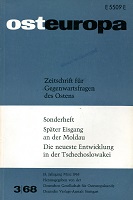
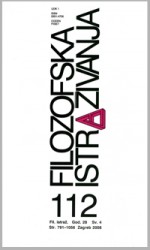
Keywords: acculturation; church; evangelization; inculturation; catechize; culture
The author comprehends the fact that the Church and Christianity emerged (founded), developed and spread in the atmosphere of the Greek-Roman or Hellenistic culture in wich they brought, by proclamation the faith in Jesus Christ, the Redeemer and Savior, the certain ingredients of Jewish (biblical) cultur, making in such way possible the developement of European culture. In missionary work, especially after the discovery of America, the Church meets and accepts the other cultures. In the modern world Church more and more becomes conscious of these cultures. Beginning with the Second Vatican Council (1962–1965) the Church speaks of a plurality of cultures and the importance of authentic cultures of the third world in order to find the ways how to fertile connect cultures with the proclamation of Gospel. The author brings out that the Church in the documents of Second Vatican Council, particularly in the Pastoral Constitution Gaudium et spes, widely speaks of culture (nr. 4–10 and 53–62) accepting the fact of a plurality of cultures. The same pastoral constitution brings the definition of the word ‘culture’ in the number 53. Based on the topic of culture after the Second Vatican Council the author analyzes the different papal document and speeches, the document of various Vatican offices, as well as documents of bishops from Latin America. The author particularly analyzes the Church’s speech founded on the problem of culture and inculturation in the proclamation of faith, in order to show how Church, in its work after the Second Vatican Council, met and accepted new challenges, especially anthropological admission to culture and inculturation, that gave an impulse to the Church to speak more clearly of culture, of a plurality of cultures and of inculturation of faith at the end of 20th century.
More...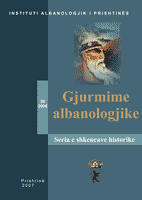
Keywords: KOSOVA 1448 ; APOLOGY SCANDERBEG ; FRANG BARDHI
Frang Bardhi (1606 – July 1643) takes an important place in our old literature, as the first promoter of studies of the Albanian language, as one of our oldest historians and one of the most outstanding personalities of our cultural life at the first centuries of the Ottoman rule. Frang Bardhi is the first compiler of Albanian dictionary, transla-tor of two manuscript works, which are lost, compiler of nine letters in Italian and three detailed relations in this language as well. However, in this study we are going to talk only about the first Apology on George Kastrioti Scanderbeg (1636), and especially emphasising the place that the Second War of Kosova (1448) takes in this creative work. It is well known that from Albania, Bardhi went to study at the Illyrian college of Loretti in 1628, from which, as he wrote himself, he got away and joined the College De Propaganda Fide of Rome from 1633 till 1636. He was still a student when he came across the creative work in Latin by Jan Tomk Marnavich in 1632. Therefore, the idea of Bardhi to respond to Marnavich, who said that Scanderbeg came from the family (house) of Marnavichs of Bosnian Slav, with which he was in contradiction with historical data written in the Slavonic and other world languages, (it) rose at the time when he was still a student. The Apology of Scanderbeg by Frang Bardhi is not an authentic history about our national hero. It is a polemical creative work, the first apology in the Latin language, written by an Albanian about a problem concerning to Albania. Frang Bardhi, analysing a diploma of Huniad presented by Jan Tomk, also talks about the Second War of Kosova in 1448. Precisely some aspects of this war, reflected in Bardhi’s work like: relations of Scanderbeg with Gjuragj Brankoviq, treachery of Gjuragj Brankoviq and “lateness” of Scanderbeg for the Second War of Kosova (1448) are scopes discussed in this study.[...] At the end of this summary we can conclude that the creative work of Frang Bardhi Scanderbeg is important for the history of the Albanian people, because it enriches the fund of literature with data of great interest for the epoch of Scanderbeg. Although this book cannot be aligned among monumental creative works like that by Marin Barleti about Scanderbeg, even so, it has its value as a source and it is the first Apology, not only among Albanians. The significance of this book also consists on the fact that it was written some 400 years ago, at the time when in Europe books of such a nature were very rare.
More...Keywords: Nata ; parë;
ndërrova. Siç isha ulur, mund të mbështesja duart në jastëkun e saj. Gruaja e shtrirë në shpinë tha me zë të ulët se do të vdiste. Flokët e gjata ia mbulonin jastëkun dhe vijat e buta e vezake shtriheshin lehtë në fytyrën e saj. Th ellë në faqen e saj të butë dhe të skuqur nga nxehtë- sia, vërehej ngjyra e gjakut të nxehtë. Natyrisht, ngjyra e buzëve të saj ishte e kuqe. Ajo aspak nuk dukej sikur do të vdiste. Por me zë të ulët, tha qartë se do të vdiste shpejt. Natyrisht që unë mendova “mos vdis.”
More...
Posebne jezične teškoće najčešći su razlog specifičnih teškoća u učenju. Važno je, međutim, naglasiti da su one prisutne od početka jezičnoga razvoja te da ih školski obrazovni sustav ne uzrokuje nego ih samo iznosi na površinu. Ako u tom predškolskom razdoblju, zbog različitih razloga, ostanu neotkrivene, do izražaja dolaze u školskom razdoblju kada se najčešće i određuju kao teškoće u učenju.
More...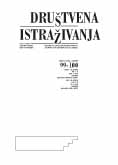
Keywords: cross-cultural perspective; socio-demographic characteristics of families; parenting; behavior
Parenting is a process that takes place within a characteristic place and time and should be studied as such. More and more often we come across emphasizing the necessity of cross-cultural research of parenting. Considering the differences in cultural norms, the parenting goals of a certain social community, we can assume that there are differences but also similarities in the parenting models of different cultural contexts. Unfortunately, there are few cross-cultural studies; therefore we can say that most development theories are based on research conducted in Western cultures (Bennet and Grimley, 2001; Fouts, 2004). We conducted the research with the aim to identify the similarities and differences in the perception of parenting between adolescents in two states: Republic of Croatia and Bosnia and Herzegovina. Research results point to the conclusion that families from the Republic of Croatia and Bosnia and Herzegovina differ according to places where they live (urban/rural and house/flat), mother's and father's education, and mother’s working status. As far as estimating parental behavior (emotionality, control), there was no recorded difference in the adolescents' estimate. The difference is significant in estimating the quality of family interactions. Adolescents from Bosnia and Herzegovina estimate the quality of their family interaction to be better than adolescents in Croatia. Therefore this difference is not a result of belonging to these states.
More...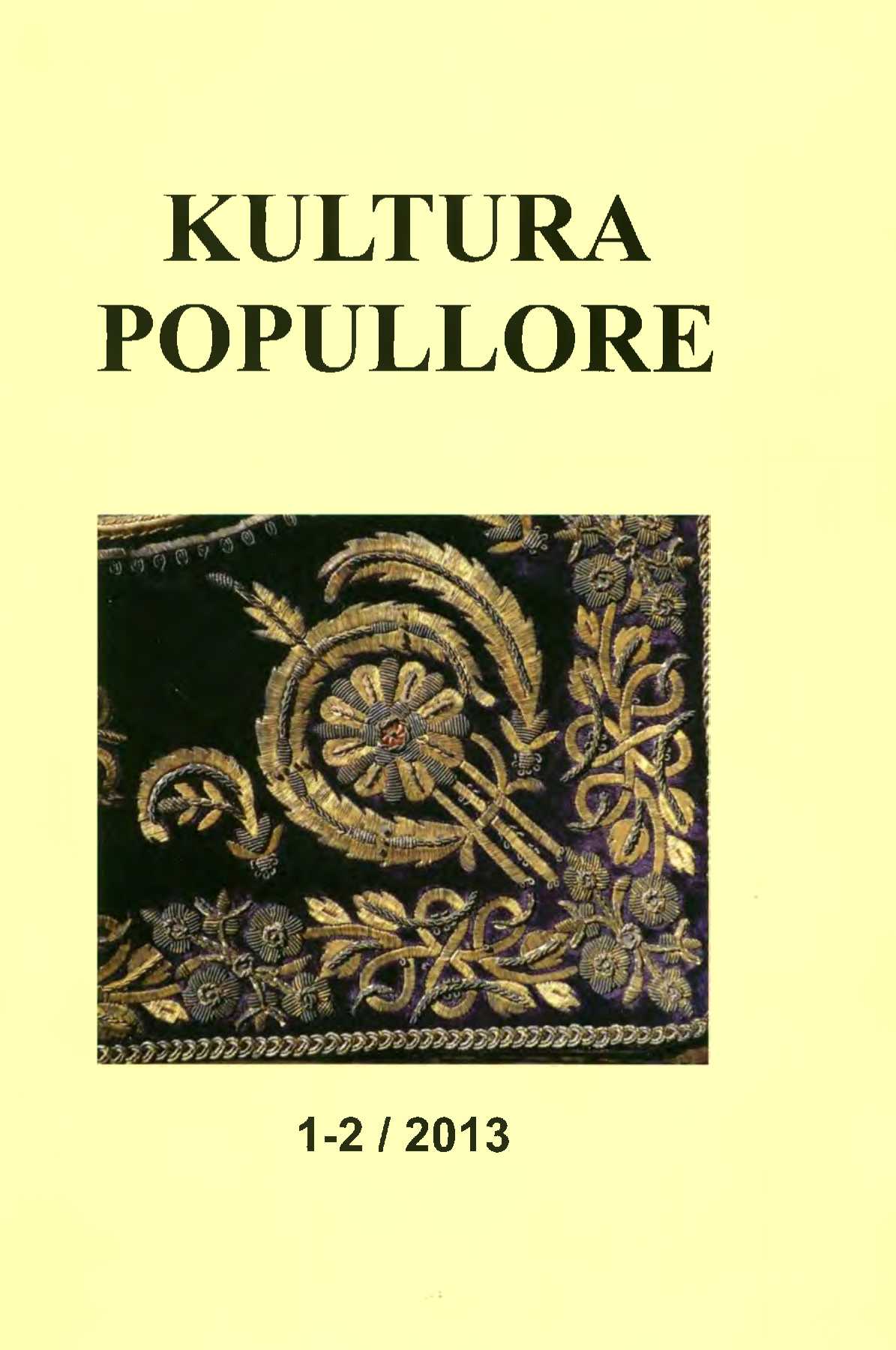
Keywords: MBI TERMIN ‘AHENG’
Megjithëse është e ditur se përkufizimet nuk themelojnë asgjë, nëse ndërtohen me kujdes të mjaftueshëm, në vetvete ata ofrojnë një orientim të dobishëm, ose një riorientim të mendimit, të tillë që një zbërthim i zgjeruar i tyre mund të jetë një mënyrë e efektshme e zhvillimit dhe kontrollimit të një linje të re kërkimi.1 Në studimet etnomuzikologjike, me termin aheng 21 i referohemi një shtrese të rëndësishme të repertorit të këngës qytetare shqiptare, kryesisht në qytetet e Shqipërisë së Veriut dhe të Mesme. Të paktën që nga fundi i shek. XVIII (kur kemi dhe dëshmitë e para) e deri rreth mesit të shek. XX, ky fenomen kulturor është zhvilluar organikisht, duke përbërë bërthamën e muzikës tradicionale të qyteteve kryesore të zonave të përmendura. Në etnomuzikologjinë tonë është diskutuar shpesh mbi ndikimet ‘orientale’ të këtij repertori, sidomos kur marrim parasysh lindjen dhe zhvillimin e tij në suazën e jetës qytetare shqiptare gjatë sundimit osman, me sistemin administrativ dhe social-kulturor që e karakterizoi. Këtu ne do të marrim në shqyrtim vetë termin aheng, i cili është po ashtu me prejardhje nga kjo sferë kulturore.
More...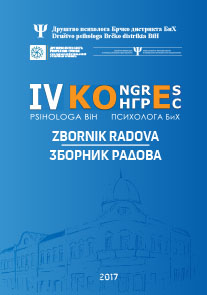
Keywords: Autocratic style of classroom menagement; teachers’ sense of self-efficacy; five-factor model of diversity; teachers length of service;
This study was concipated to investigate the realationship between teachers’ sense of self-efficacy in engaging studenst, teaching and managing the classroom on one hand and teachers’ tendency on autocratic style of classroom menagement on other hand. Also, the goal of this study was to determine whether there are differences in an autocratic style of classroom menagement with teachers lenght of service. Finally, we studied the relathionship between basic personality traits and teachers tendency to autocratic style of classroom menagement. One hundred and sewenty six (176) teacher subjects comparised in this study (M 22,2%, F 77,3%), from six elementary schools from Visoko, Zenica-Doboj Canton. The arithmetic mean age was 39. Four instruments were used: Sociodemographic characteristic questionnaire, Scale of teachers’ self-efficacy beliefs (Tschannen-Morgan and Woolfolk, 2001), Self-reating Scale of PFM based on lexical approach (Kardum Smojver, 1993), Teacher-Student subscale ratio/ autocratic style of classroom menagement (Šimić-Šašić, 2008).Results of complete regression analyzes showed that teachers’ sense of self-efficacy does not explain a statistically significant tendency of teachers to the autocratic style of classroom menagement. Also, regression analysis showed that comfort significantly in the negative direction explains the tendency towards autocratic style of classroom menagement. The results show that conscientiousness and openness significantly in the positive direction explain criteria of autocratic style of classroom menagement. Also, extraversion and neuroticism were not statistically significant predictors. Finally, the Kruskal-Wallis this test determined that there was no statistically significant difference between teachers in the tendency towards autocratic style of classroom menagement with regard to length of service.
More...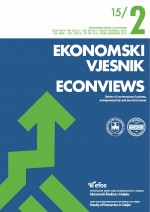
Keywords: Venture capital; venture capitalists; entrepreneur; investment criteria;
Different funders, like bankers, business angels or venture capitalists, put the accent on various investment criteria while making investment decisions. Entrepreneurs need to be familiar with these criteria or different requirements of potential investors in order to adjust their business plans. Motivated by the phenomenon of venture capital, numerous researchers worldwide are trying to identify the venture capitalists’ investment criteria. Despite the large number of studies, there is still no unambiguous answer to what the key venture capitalists’ investment criteria are. This paper provides an overview of research about investment criteria set by different suppliers of capital with a special emphasis on venture capitalists’ investment criteria. The most used VCs’ investment criteria discussed in the literature are identified and analysed in order to provide a new set of VC investment criteria.
More...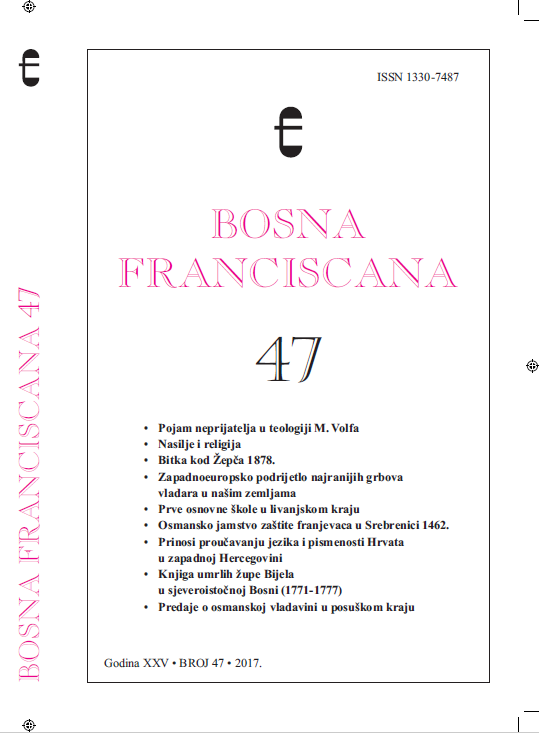
Keywords: historical traditions; etiological traditions; Ottoman occupation; suffering;
The paper presents and interprets contemporary field notes on Ottoman rule in the area of Posušje. Notes were taken during the period from 2010 to 2012 and in August 2017. Historical traditions prevail and they witness about suffering of Croats. They talk also about the courage of individuals and hajduci. Historical traditions are often intertwined with the etiological traditions. Etiological traditionsexplain how certain places got their names, how the border between Zagorje and Roško polje was made, about ruined churches and the graves of martyrs. Historical traditions are also intertwined with demonological traditions. For this reason this paper brings a demonological tale about the apperance of the werwolf. The recorded notes point to the traditional heritage in the area of Posušje that is integral part of Croatian cultural identity. A great number of tales is irretrievably lost, therefore it is necessary to record them.
More...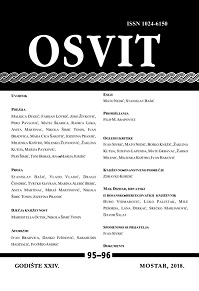
Keywords: Franciscans; Classical High School; Students; Catholics; Antun Branko Šimić; Ottoman Empire;
At the times of the national rulers and consolidation of the Catholic faith, both in Bosnia and in Herzegovina, the invading beast came from the East, destroying everything on their way, particularly everything that is different from them and their customs - and what was different was the faith, which was more thorough; different customs, heritage, culture ... It is the Ottoman Empire that was destroying Europe, especially our region, Southeastern Europe, ravaging the noblest Croatian countries (in part, and later on entirely) Bosnia, Herzegovina and southern Dalmatia. By repressing all hope, they always had in mind the discouragement of faith and its protagonists, the friars - who were the bravest and always lead the believers. This way the long-awaited difficult return of the Herzegovinian Franciscans and the novices from Kreševo occurred, who safeguarded the monastery for several centuries and preserved the bloom of the Herzegovinian Franciscan Custody, headed by Friar Matko Ćorić (Beljo). On May 19th 1844 - the Herzegovinian Franciscans split off from the Bosnian Province. Difficulties of the event were witnesses by the stay of Friar Grga Martić, who was already a famous poet - and later on Friar Angjeo Kraljević joined, who became bishop and apostolic regent in Herzegovina from 1864 to 1879. In Čerigaj, in the old “nest”, they started with religious work again, by teaching novices and youth - until the foundation of High School in Široki Brijeg - which was being improved, and in 1918 it was turned into accredited Franciscan High School; it had everything that was necessary, excellent teaching staff and was able to compare with all the great high schools of that time. Besides the great intellectuals-professors of that time, many generations of Franciscans were raised, and there were other extremely gifted individuals among the students. We will mention one on them here, the one who brought the flame of the faith from his family, from Drinovci, who spread the faith in Franciscan High School in Široki Brijeg, and later amongst Croatian Catholic youth in Mostar – when he was very young he became a renowned and acclaimed poet; one of the greatest Croatian and European (expressionist) poets, Antun Branko Šimić.
More...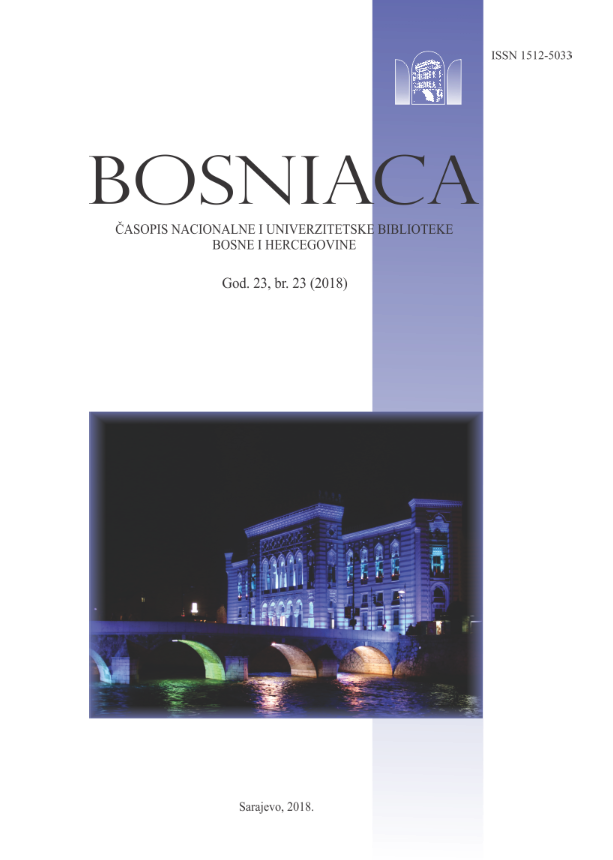
Keywords: Silvije Strahimir Kranjčević; Bosnian literature; cultural history; archival documents; bibliography;special collections;National and University Library of Bosnia and Herzegovina;
The Consolidation of Material in National and University Library of B&H (NULB&H) Funds on the Cultural and Historical Heritage of Silvije Strahimir Kranjčević is the result of the project realized by NULB&H, funded by the Ministry of Education, Science and Youth of the Sarajevo Canton. The subject of research was the material in Special Collections, Old Periodicals Collection, and more recent publications as monographs and articles also kept in the NULB&H funds. The final result of the research is a bibliography with 394 units.Upon completion of the project, all the listed documents about Silvije Strahimir Kranjčević were scanned and they are available in digital form in the departments where they are located.
More...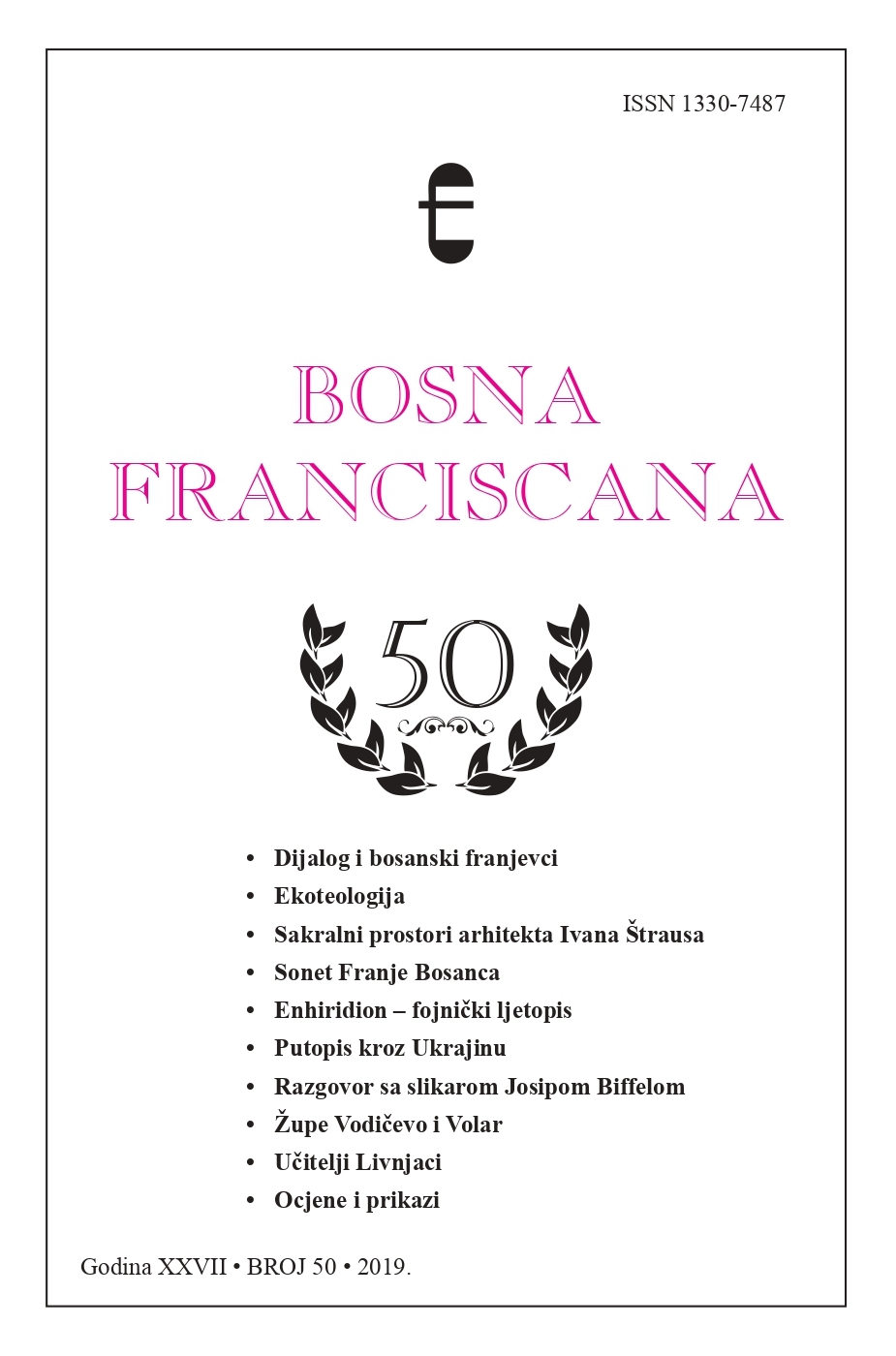
Keywords: Reviews;
Review of: Jadranka Rebeka Anić – Irena Sever Globan, Marija Magdalena: od Isusove učenice do filmske bludnice, Teološko-kulturalna analiza, Biblioteka Studije – Knjiga 38, Institut društvenih znanosti Ivo Pilar, Zagreb 2018, 478 str. Reviewed by Anto Popović; Božidar Mrakovčić, Biblijska pitanja, Katolički bogoslovni fakultet Sveučilišta u Zagrebu – Krčka biskupija – Kršćanska sadašnjost, Zagreb 2018, 432 str. Reviewed by Stipo Kljajić; Fra Ante Marić, Tako je dobro s Tobom križ nositi – Razmatranja uz Put Križa, Ogranak Matice hrvatske Široki Brijeg, Široki Brijeg 2019, 176 str. Reviewed by Pavao Knezović; Stipo Kljajić, Utjeha mesijanske nade, Krš ćanska sadašnjost – Franjevački samostan Sv. Luke, Zagreb – Jajce 2019, 216 str. Reviewed by Hrvoje Žabić; Igor Fisković, Secundum morem patriae. Identitet crkava propovjedničkih redova u jadranskoj Hrvatskoj, Studije DPUH-a, knjiga II (Zagreb: Društvo povjesničara umjetnosti Hrvatske, 2016), 262 str. Reviewed by Matko Matija Marušić; Milan Pelc, Minijature u misalima zagrebačkoga biskupa Jurja od Topuskog, Institut za povijest umjetnosti Zagreb, Sisačka biskupija Sisak, Zagreb 2018, 219 str. Reviewed by Aida Smailbegović. Dominika Prejdová, Marijin dvor, Svjetlo riječi, Sarajevo 2018, 88 str. Reviewed by Antonio Gašić; Nova riječ, časopis za književnost i umjetnost, god. VI, br. 1-2, 2018, Zavod za kulturu vojvođanskih Hrvata, Subotica, NIU „Hrvatska riječ“, Subotica, 357 str. Reviewed by Marko Cvitković; Nikola Šimić Tonin, Olujna obijest, Matica hrvatska Ogranak Zadar, Zadar 2019, 73 str. Reviewed by Marina Kljajo-Radić; Luka Marković, Muke po fra Marku, Despot infinitus, Zagreb 2018. Reviewed by Mato Nedić; Amir Duranović, Snažan eho brionski: odjeci Brionskog plenuma u Bosni i Hercegovini 1966. godine, Udruženje za modernu historiju, Sarajevo, 2017, 182 str. Reviewed by Alen Borić; Dalibor Ballian, Polja i visoravni Bosne i Hercegovine, Franjevački medijski centar Svjetlo riječi, Sarajevo 2018, 231 str. Reviewed by Zoran Topalović; Naseljavanje muhadžira iz Srbije u Bosnu – Zbornik radova sa okruglog stola „150 godina od naseljavanja muhadžira iz Srbije u Bosnu“, (ur.) Aladin Husić, Orijentalni institut u Sarajevu – Institut za istoriju Sarajevo, Sarajevo 2012, 199 str. Reviewed by Amer Maslo.
More...Keywords: adolescence; gambling; habits; risk behavior
In the last few years, gambling research is all about, and the theme is more current and represented due to serious consequences (social, family, moral) caused by it . The aim of the paper is to examine the frequency and gambling habits of high school students in Dubrovnik, as well as to determine whether there is a correlation between sociodemographic characteristics of the respondents and the frequency of gambling. In the study, 162 secondary school students from Dubrovnik (Grammar schools and Vocational Secondary Schools) participated in the study, with the male representation being higher (N = 106, 65.4%) than female (N = 56, 34.6%). To answer the set goal, we used two instruments: Questionnaire on General Sociodemographic Data, and Gambling Activity Questionnaire (Rsion, Dodig, Huić, and Kranzelić,2011).The results showed that 78.4% of the enrolled students played games of chance (in any form) at least once in their life, and only 21.6% of the participants had never used any form of happiness. Sports betting (51.20%) was the most common form of gambling in Dubrovnik. Then, they followed lottery games like Lotto, Bingo and Eurojackpot (47.50%), while the least represented was roulette (21%). Given the socio-demographic characteristics of the sample, it was found that male-female students gambled more than female gender peers, and considering the type of school they were attending, it was found that the grammar school students were less skilful than the students of vocational secondary schools. The obtained results could serve as guidelines for planning the development of adolescent risk prevention programs.
More...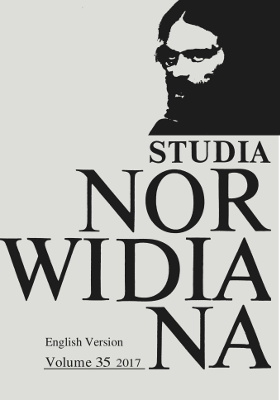
Keywords: short stories; Tonin di Bongrazia; Dionisios Solomos; origin
This article presents the figure of the Venetian historical improviser Tonin di Bonagrazia, one of the protagonists of Norwid’s novel Tajemnica lorda Singelworth [Lord Singelworth’s Secret]. The author reached the article mentioned by the poet in the footnote to the novella and image of the Italian actor and she put together the knowledge of the era with Norwid’s artistic creation. In the second part of the article, the author also pointed to the yet hypothetical inspiration for the title character of the novella – presumably the Greek poet Dionisios Solomos.
More...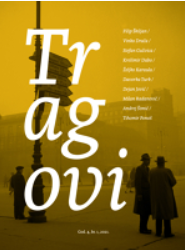
Keywords: Veselin Golubović; scientific socialism; communism; Marxism; Marxism-Leninism;
Review of: Andrej Šimić - Veselin Golubović, Zagrebačka filozofija prakse: na putu k povijesnom mišljenju novog, Zagreb: Plejada, 2018., 280 str.
More...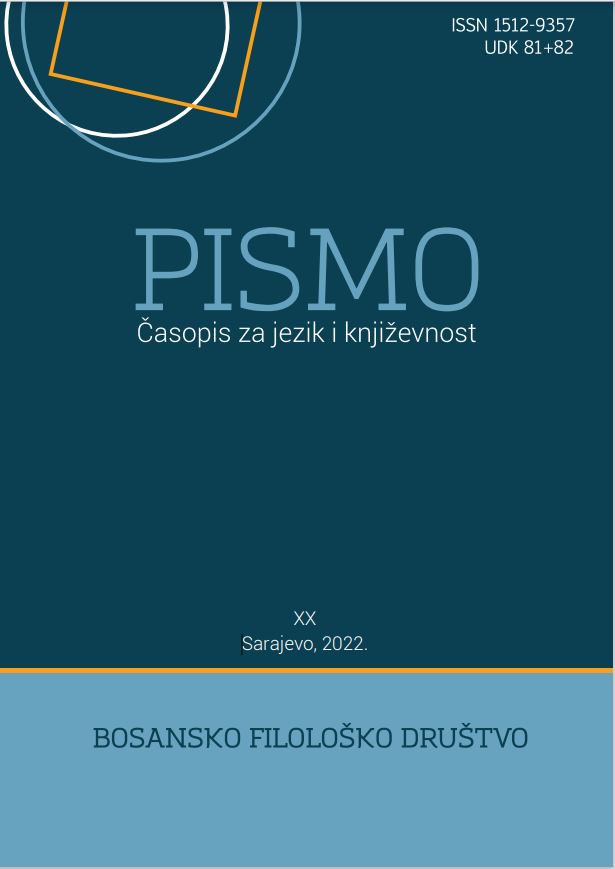
Keywords: Bosnian Gospels; Croatian Glagolitic Missals; Gospel of John; textual-lexical level; lexicon;
The paper analyzes the lexicon of the Gospel of John in the Bosnian Gospels and Croatian Glagolitic Missals. The comparison is made on the corpus of Bosnian Gospels in which the Gospel of John is preserved: Divoš Gospels, Kopitar Gospels, Nikolje Gospels, Daničić Gospels, Vrutočko Gospels, the Gospel of Hval and Venetian miscellany, as well as texts from Croatian Glagolitic liturgical codices from the critical edition of Hrvoje’s Missal: Vat. Illir. 4, Ročki Missal and Missal of Prince Novak. The conducted comparative analysis has shown that on the textual-lexical level the oldest Croatian Glagolitic missal Vat. Illir. 4 agrees best with the Bosnian Gospels, with the proviso that the text of this missal was more open to textual and lexical innovations than representative Bosnian manuscripts such as Divoš Gospels, Nikolje Gospels and Hval’s miscellany. Most of the textual and lexical deviations according to the Bosnian Gospels are evident in the Missal of Prince Novak.
More...